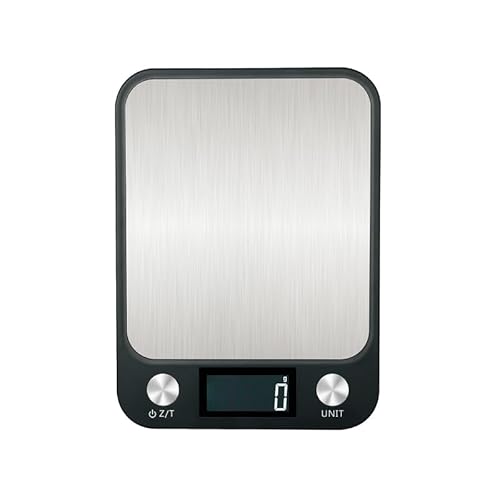Tara08
Well-Known Member
Hello! I have recently started to experiment with making whipped soap from scratch. Wondering what others thoughts are on different surfactant. I use cocamidoproyl betaine and SCI with some decyl glucoside. It seems that decyl glucoside adds some nice bubble instead of just lather/foaming. I have heard that coco glucoside also adds nice bubble. Has/does another else used 3 surfactants? Is there such a thing as too much surfactant? I just want a nice combo of lather and bubble. Thanks!











































